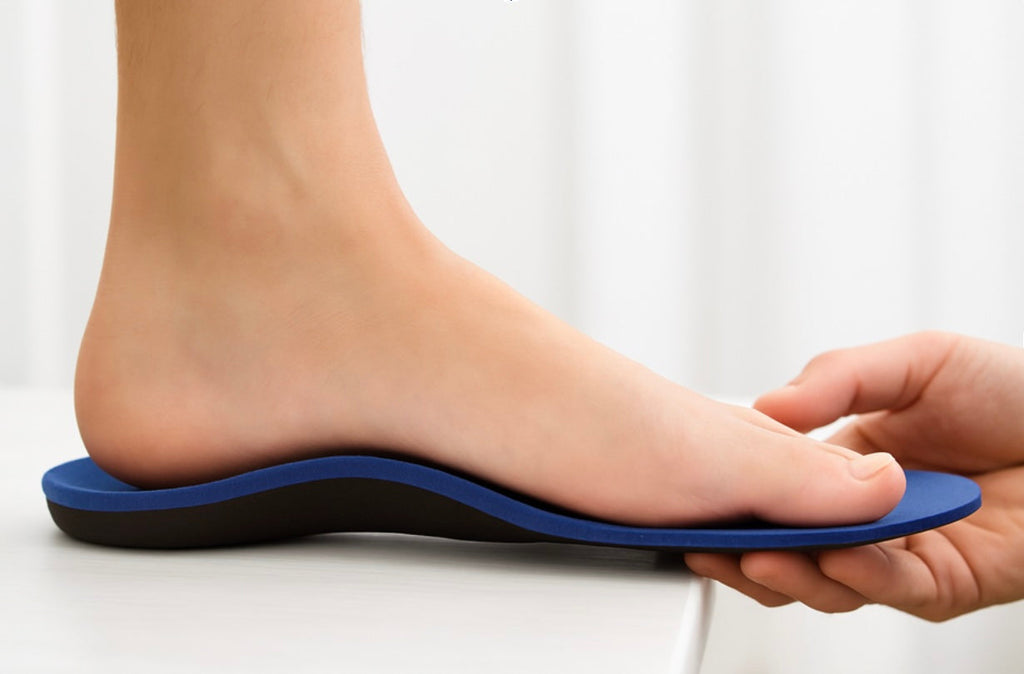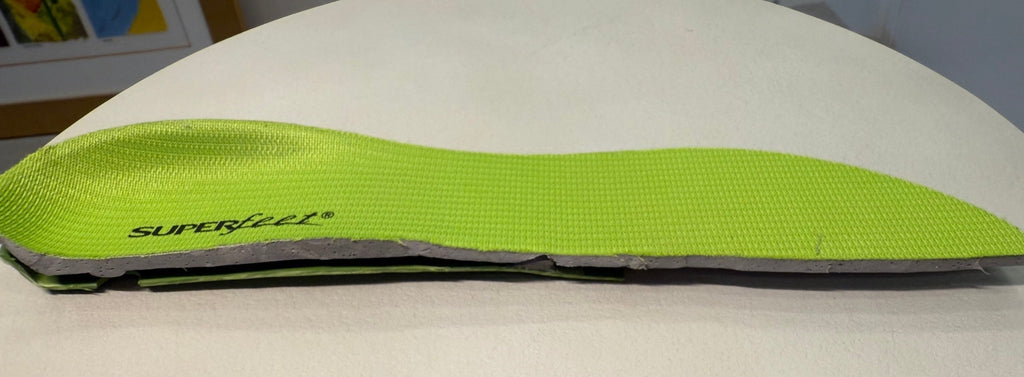What Causes Flat Feet?
What Causes Flat Feet?
Here are the most common causes of flat feet:
-
Weak arches due to a medical condition
-
Injury of the foot or ankle
-
Having defective genes
-
Being overweight puts unnecessary pressure on the arches
Dealing with arthritis or rheumatoid arthritis -
Injury to the posterior tibial tendon, which shapes and supports the arch
-
Medical conditions like muscular dystrophy, plantar fasciitis, bunions, posterior tibial tendonitis, achilles tendonitis, and many more.
-
Damage or injury to tendons or ligaments of the foot
-
Birth defects like spina bifida
Why Normal Arches Matter?
Your foot has 26 bones held together by joints, ligaments, tendons, and muscles. The arches spread the body weight across the foot, keeping the alignment right for walking. Arches also help your feet maintain balance on unstable footing.
Types of Flat Feet
Doctors divide flat feet into four types:
Flexible Flat Feet
It’s the most common type, where the arches are visible while sitting and disappear as soon as you stand up.
Rigid Flat Feet
People with a rigid flat foot don’t have an arch and can’t move the ankle joint freely.
Acquired Flat Foot (Fallen Arches)
In which the natural arches progressively deform and collapse over time.
Congenital Flat Feet
A few birth defects in babies can halt the development of arches. Hereditary medical conditions, like connective tissue disorders, can also affect the development and function of arches.
Symptoms of Flat Feet
When the arches in your feet go flat, extra pressure strains the ligaments and muscles, resulting in consistent pain. The ankles can also turn inward and create stress on joints throughout the leg. Swelling of the ankles, knee, heel, or even the entire leg is possible in extreme cases.
When to Consult a Podiatrist
If you are flat-footed and don’t experience any symptoms of flat feet, taking a physical foot exam won’t be necessary. However, if you notice the following indicators mentioned below, going for a podiatrist consultation is the best option:
-
Flat feet developed recently after an injury (foot fracture) or a medical condition (diabetic charcot foot).
-
Pain and swelling in the lower limb, ankle, or foot.
-
Having difficulty in movement, and the foot feels heavy and stiff.
Your podiatrist will start by taking your medical history, evaluate your current symptoms, and asses how you walk. Depending on the examination results, they can suggest a range of interventions and treatments to treat the underlying cause that led to fallen arches, or a combination of various interventions.
Treatment Options for Flat Feet
As mentioned earlier, people with no symptoms won’t require treatment. However, if you have mild aches or stiffness, your healthcare professional can advice the use of OTC drugs to manage pain, stretching exercises, and even orthotic insoles for the best foot support. While it’s safe to take OTC medication for your foot pain, using orthotics must be done after a consultation with your doctor. Wearing orthotics incorrectly or picking the wrong ones will only aggravate the symptoms.
The treatment you receive will vary, depending on the severity of the case. Most children will develop natural arches and overcome flat feet as they age. In the case of adults, the treatment outcome will depend on the symptoms, the underlying condition, and the interventions used. The treatment for flat foot becomes difficult when a degenerative disease is involved, and surgical intervention might become necessary. Nonetheless, your doctor will advice an effective treatment plan that resolves the symptoms.
Managing Discomfort From Flat Feet
Weight management
People dealing with obesity need to work on losing weight as it will reduce the stress on the foot and it;s arch. While it will take time and patience, being consistent with the recommended diet plan and exercises can make it easier to reach your ideal body mass index (BMI)
Exercise
Researchers have found stretching and foot exercises to be great at improving foot alignment, increasing ankle strength, and alleviating the symptoms of flat feet. Calf stretches, golf ball rolls, and toe extensions are a few exercises you can try. However, these exercises are not recommended for people with medical conditions or any form of injury.
Tennis Ball Rolls
-
Pick a flat surface for the floor and place a stool.
-
Sit on the stool and place the ball under one of your foot.
-
While keeping the back straight, place the foot arch on the ball and roll the foot forward and backward slowly.
-
Maintain steady motion for two minutes and then repeat the same motion for the other foot.
Calf Raises
-
Stand straight and slowly lift your heels high.
-
Try holding position for two seconds.
-
You can do calf raises in repetitions of ten and add sets when you start building strength.
Towel Curls
-
Place a stool on the floor, sit on it, and spread a towel under one foot.
-
Lock the heel in place and use the toes to pull the towel, pressing the toes into the foot.
-
Repeat ten times for each set.
-
Immediately stop the exercise if you feel pain after raising the heels and contact your healthcare professional.
Lifestyle Adjustments
It takes quite some time for the swelling and stiffness in the feet to go away. Making small adjustments to your daily routine, like avoiding weight-bearing exercises and resting, surprisingly decreases inflammation.
Keep in mind that flat feet can only be prevented and treated when the cause is not hereditary, congenital, or a progressive deformity. Still, the symptoms can be addressed using shoes with orthotic support, foot exercises, and the necessary medical treatment.




